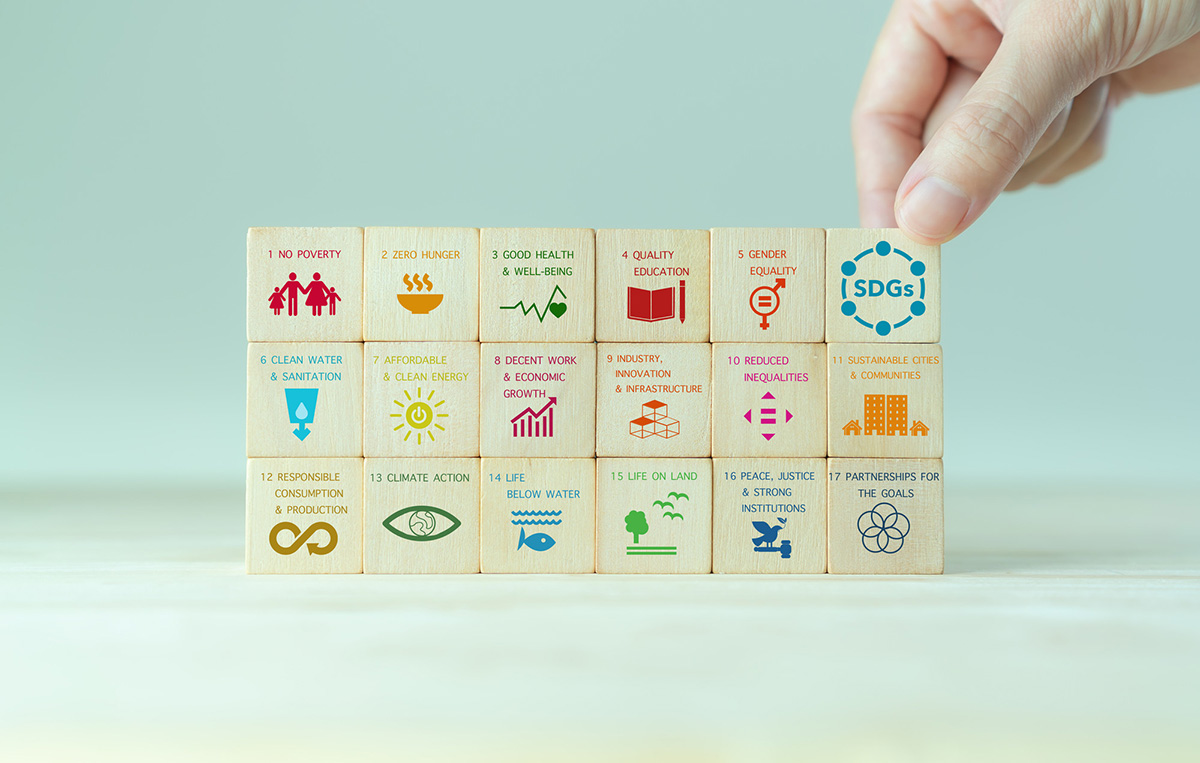Harnessing Plant Microbial Fuel Cells for Achieving the United Nations Sustainable Development Goals
The United Nations Sustainable Development Goals (UN SDGs) were established in 2015 as a blueprint for achieving a better and more sustainable future for all by 2030. These 17 interconnected goals address various global challenges, including poverty, inequality, climate change, environmental degradation, and peace and justice. One of the key components in achieving these goals is the development and implementation of innovative, sustainable, and environmentally friendly technologies. One such promising technology is the plant microbial fuel cell (PMFC), which has the potential to contribute significantly to the achievement of several UN SDGs.
Plant microbial fuel cells are a type of bioelectrochemical system that harnesses the power of living plants and microorganisms to generate electricity. In PMFCs, plants release organic compounds called exudates through their roots, which are then consumed by microorganisms living in the soil. As these microorganisms break down the exudates, they release electrons, which can be captured by an electrode and used to generate electricity. This process is entirely renewable and sustainable, as it relies on the natural processes of plant growth and microbial metabolism.
One of the most significant ways in which PMFCs can contribute to the UN SDGs is by providing clean and affordable energy (Goal 7). Unlike fossil fuels, which release harmful greenhouse gases and contribute to climate change, PMFCs generate electricity without producing any harmful emissions. This makes them an ideal solution for meeting the growing global demand for energy while minimizing the environmental impact. Additionally, PMFCs can be implemented in remote or off-grid locations, providing a decentralized and accessible source of electricity for communities that may not have access to traditional energy infrastructure.
Another important aspect of PMFCs is their potential to contribute to sustainable agriculture and food production (Goal 2). By integrating PMFCs into agricultural systems, farmers can generate electricity while simultaneously growing crops. This not only provides a source of income from both the sale of crops and the electricity generated but also promotes sustainable land use and resource management. Furthermore, the electricity generated by PMFCs can be used to power essential agricultural equipment, such as irrigation systems and greenhouses, further enhancing the productivity and sustainability of agricultural practices.
PMFCs can also play a role in combating climate change (Goal 13) by reducing greenhouse gas emissions associated with traditional energy production methods. As mentioned earlier, PMFCs generate electricity without producing harmful emissions, making them a cleaner alternative to fossil fuels. Additionally, the plants used in PMFCs can help to sequester carbon dioxide from the atmosphere, further mitigating the effects of climate change.
Lastly, PMFCs can contribute to the preservation of ecosystems and biodiversity (Goal 15). By utilizing plants and microorganisms that are native to a particular region, PMFCs can be designed to promote the growth and health of local ecosystems. This can help to maintain biodiversity and protect endangered species, while also providing valuable ecosystem services, such as water filtration and soil stabilization.
In conclusion, plant microbial fuel cells represent a promising and innovative technology that has the potential to significantly contribute to the achievement of several United Nations Sustainable Development Goals. By providing clean and affordable energy, promoting sustainable agriculture, combating climate change, and preserving ecosystems and biodiversity, PMFCs can play a vital role in creating a more sustainable and equitable future for all. As research and development in this field continue to advance, it is essential that policymakers, industry leaders, and communities work together to harness the potential of PMFCs and other sustainable technologies in order to achieve the ambitious targets set forth by the UN SDGs.
Credit:Source link



